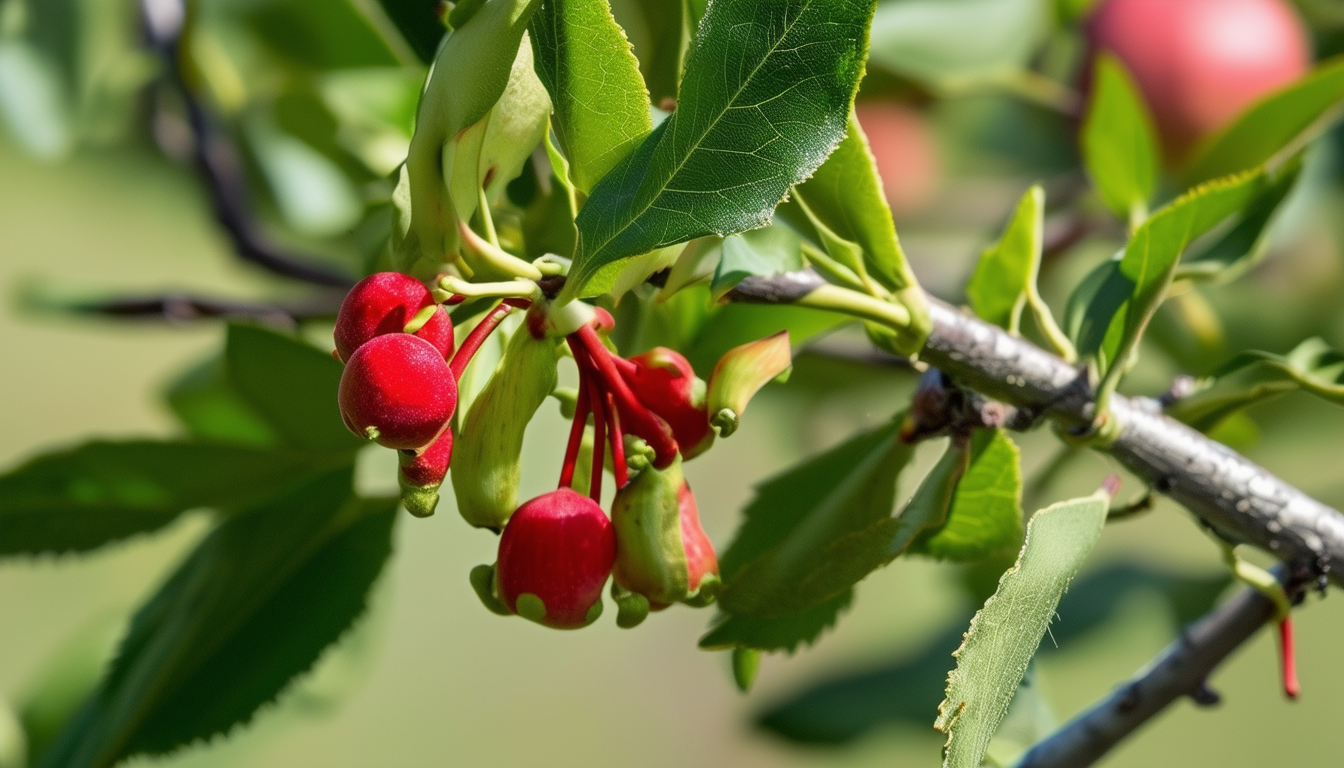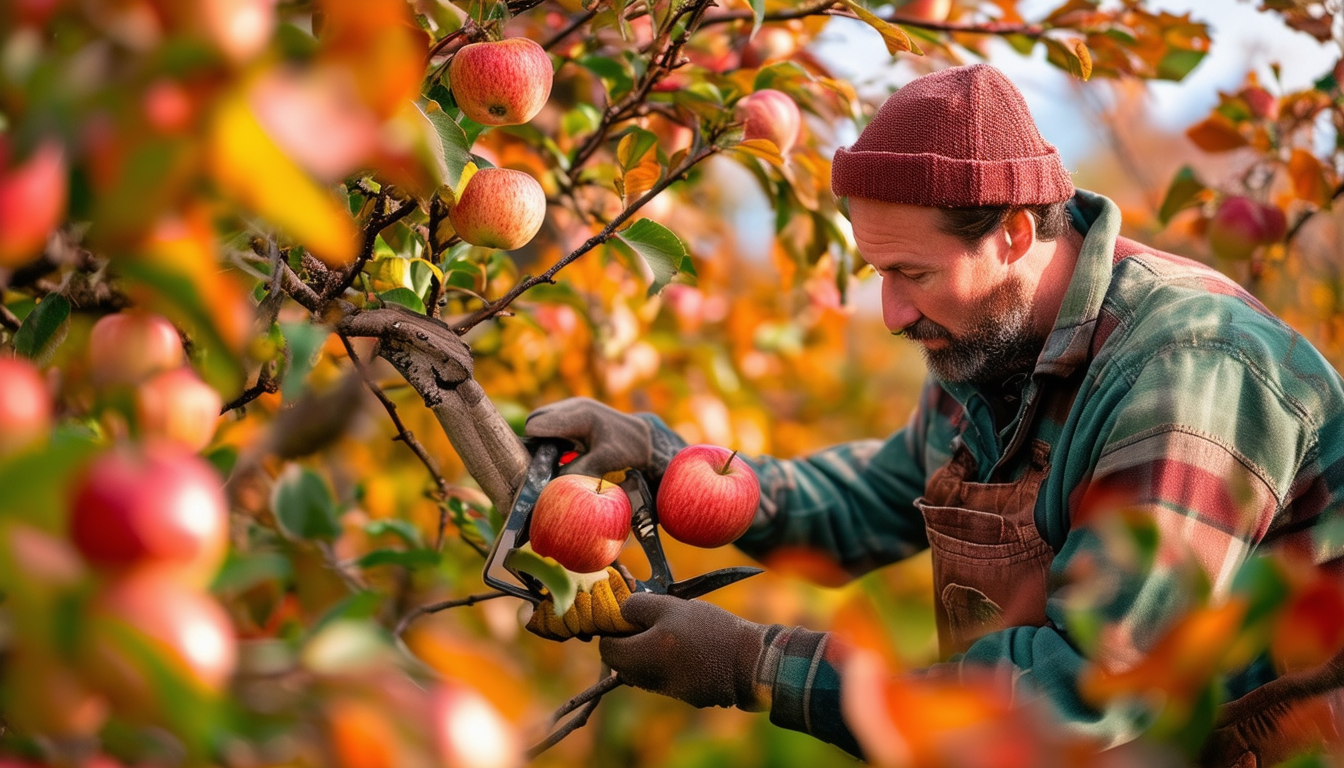
Unlock the secrets to thriving olive trees with our expert tips and tricks.
Choosing the Right Variety for Your Climate
Selecting the right variety of olive tree is crucial for ensuring a healthy and productive plant. Different olive varieties have varying levels of tolerance to temperature, humidity, and soil conditions. For example, the Arbequina variety is known for its adaptability to different climates and is particularly hardy in cooler regions. Conversely, the Koroneiki variety thrives in warmer, drier climates.
Research the specific climatic conditions of your area and consult local agricultural extensions or nurseries to determine the best olive tree variety for your region. Choosing a variety that is well-suited to your climate will significantly reduce the risk of stress and disease, leading to a more robust and fruitful olive tree.
Optimal Planting Techniques for Olive Trees
Planting your olive trees correctly is key to their long-term health and productivity. Start by selecting a site with well-drained soil and full sunlight. Olive trees are particularly sensitive to waterlogged soils, which can lead to root rot and other diseases. If your soil is heavy or clay-like, consider amending it with sand or gravel to improve drainage.
Dig a hole that is twice as wide and just as deep as the root ball of the tree. This allows the roots to spread out easily and establish themselves more quickly. Place the tree in the hole and backfill with the original soil, ensuring the root crown is at ground level. Water the tree thoroughly after planting to help settle the soil and eliminate air pockets.
Effective Watering and Fertilization Strategies
Proper watering and fertilization are essential for the healthy growth of olive trees. Young olive trees need frequent watering until they are well-established, typically within the first year. After this period, olive trees are drought-tolerant and require less frequent watering. However, during dry spells, supplemental watering can boost fruit production.
Fertilization should be done with a balanced fertilizer, typically in the spring and late summer. Olive trees benefit from a nutrient-rich environment, but over-fertilization can lead to excessive vegetative growth at the expense of fruit production. A soil test can help determine the specific nutrient needs of your trees and guide your fertilization schedule.
Pruning and Training for Maximum Yield
Pruning is a critical practice for maintaining the health and productivity of olive trees. Regular pruning helps to shape the tree, remove dead or diseased branches, and improve air circulation within the canopy. Start by removing any suckers or shoots that grow from the base of the tree, as these can divert energy from fruit production.
Focus on creating an open, vase-shaped canopy that allows sunlight to penetrate and air to circulate. This reduces the risk of fungal diseases and promotes even ripening of the fruit. Prune your olive trees annually, ideally in late winter or early spring before new growth begins.
Preventing and Managing Pests and Diseases
Olive trees can be susceptible to various pests and diseases, but with proper management, these issues can be minimized. Common pests include the olive fruit fly and scale insects, while diseases such as verticillium wilt and olive knot can also pose challenges.
Implementing an integrated pest management (IPM) plan can help keep these threats at bay. This includes regular monitoring of your trees, maintaining good sanitation practices, and using organic or chemical controls when necessary. Encouraging natural predators, such as beneficial insects, can also help manage pest populations. Early detection and treatment are crucial in preventing the spread of diseases and ensuring the overall health of your olive trees.



